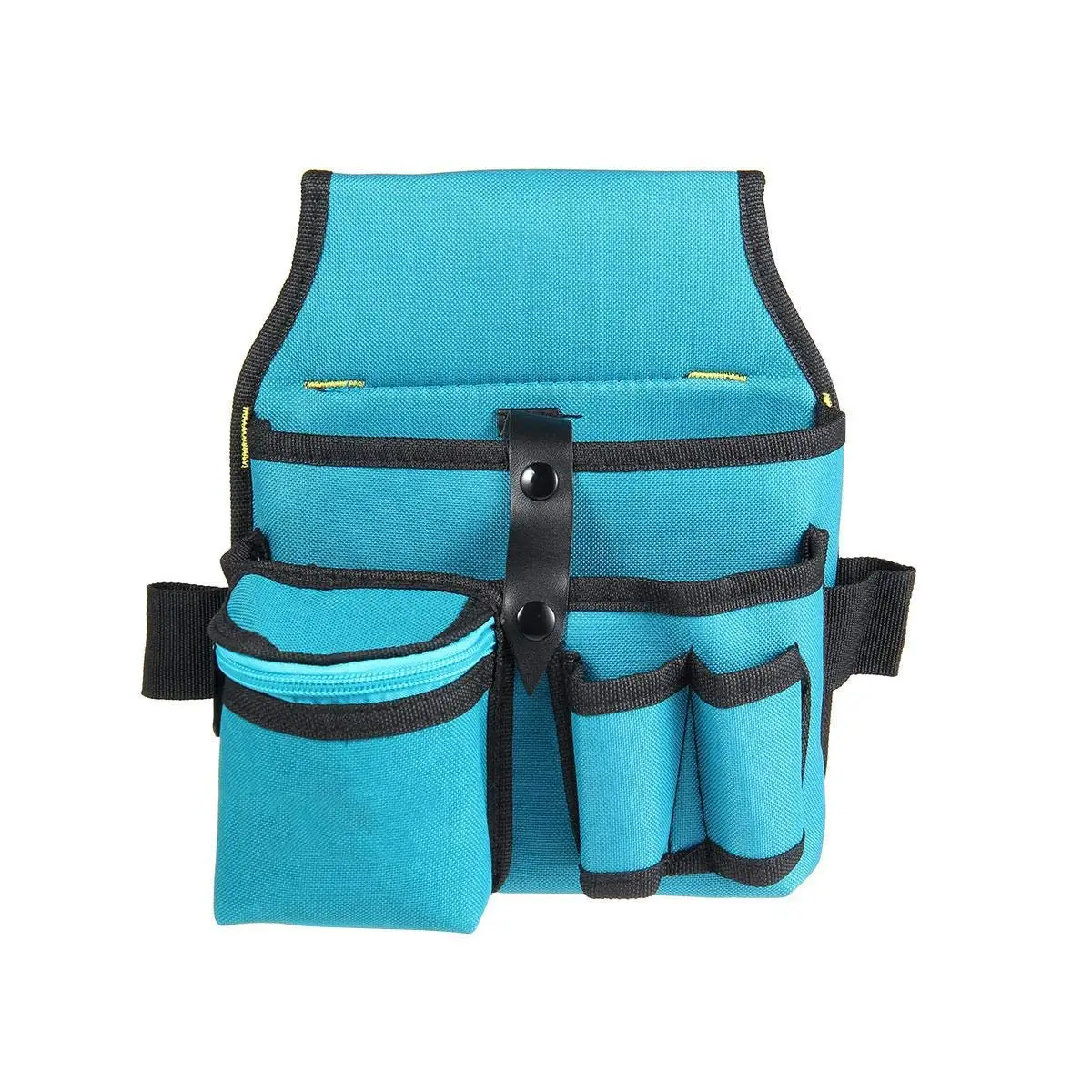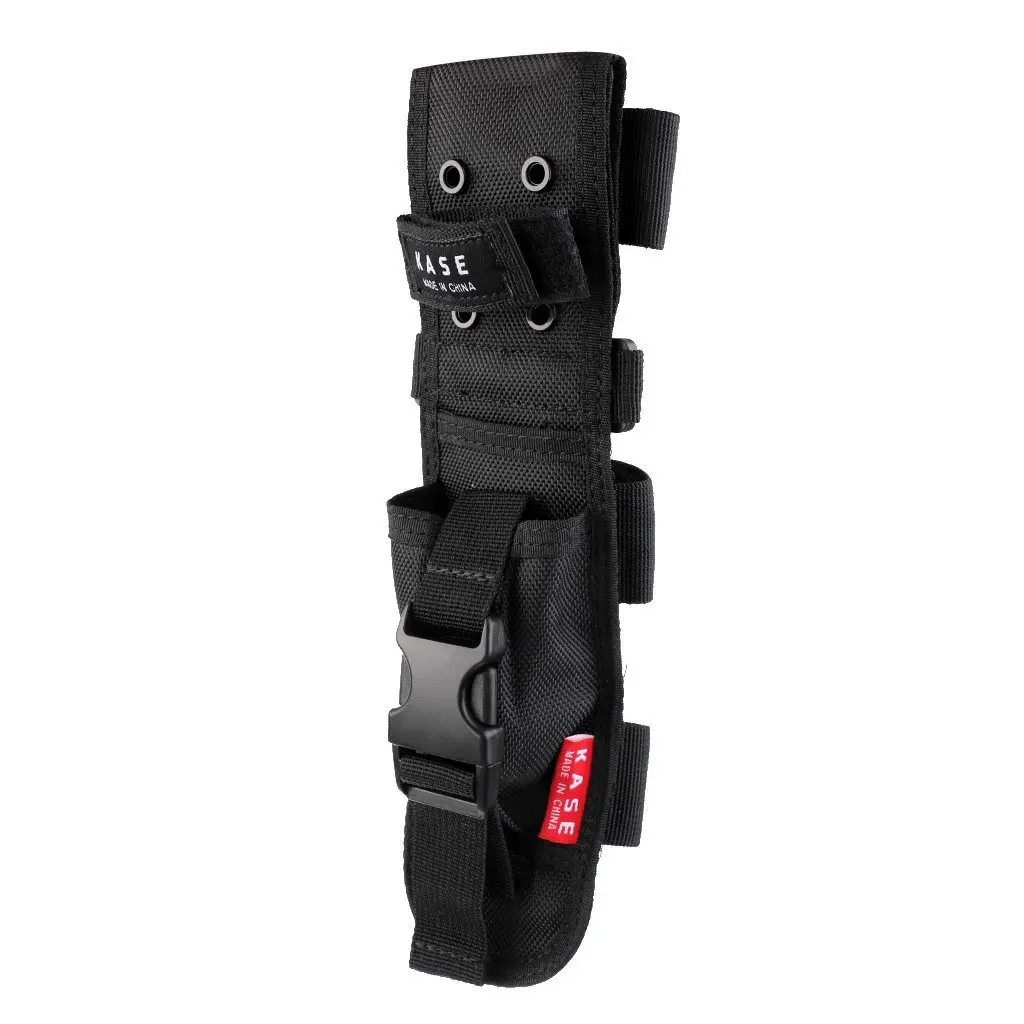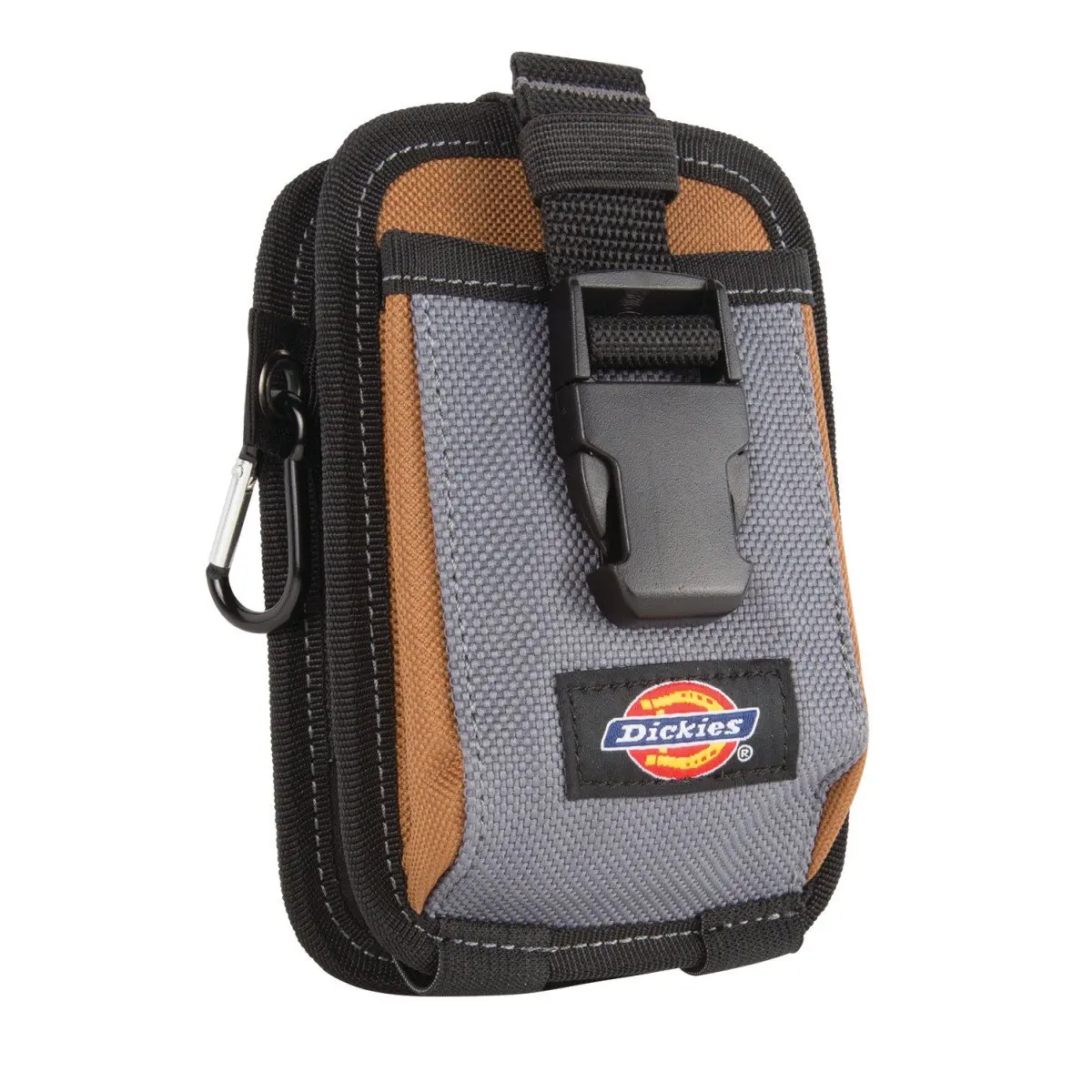Texas Holdem Tool Pouch
The games are intended for an adult audience. The games do not offer 'real money gambling' or an opportunity to win real money or prizes. Practice or success at social casino gaming does not imply future success at 'real money gambling.' Our EOD Tool Pouch is the same pouch that is available in the Custom EOD Tool Kit, the EOD Personal Remote Tool Kit, the SWAT IED Remote Pull Kit and is the same kit I personally use. I actually have 3 of these set up for different ops. You may be interested in seeing a better EOD Tool Pouch - Specifically designed for EOD Techs! Reinforced stitching means that these tool pouches and belts will resist rips and tears even under the most demanding conditions. For especially demanding jobs that call for more equipment, like an assortment of power tools, create a portable toolkit that can go practically anywhere by wrapping a bucket bag around a common 5 gallon container. Product Title Double Tool Pouches with Nylon Tool Belt - AS-22103. Average rating: 5 out of 5 stars, based on 1 reviews 1 ratings. Current Price $20.70 $ 20.
Texas Hold’em poker is everywhere these days — on TV, online, and in clubs and casinos. Before you sit down to a game of Texas Hold ’em, make sure you’re in good shape to be successful — take care of non-poker issues and check your physical, mental, and financial status. During the game, you need to understand basic odds and playable hands, as well as how to bluff successfully and follow proper poker etiquette. Texas Hold ‘Em also has its own abbreviations for online play.


Playable Texas Hold’em Hands
Texas Holdem Tool Pouch Set
Texas Hold’em is a game of strategy, like any poker game, but where you’re sitting in relation to the action becomes part of your strategy when playing Hold’em. If you bet early, you generally need better cards than you do if you’re one of the blinds. The following table offers sound advice on what hands are playable when you’re sitting in different positions.
Questions to Ask Yourself before You Play Texas Hold’em
Whether you’re playing Texas Hold’em for fun or money — make that whether you’re playing for high stakes or low stakes — make sure you’re in a position mentally, physically, and financially to enjoy the game and make the most of your chances. Ask yourself these questions before you sit down to a game:
What is the purpose of my playing this session? Whether it’s to learn more, win money, or just hang with friends for a good time, make sure you know why you’re there and that you’re doing everything you can to accomplish that goal.
If I were to play an opponent who’s exactly the same as a well-rested, un-stressed version of me, would that person have an advantage? If the answer is “yes,” hold off on playing until you’re in a better psychological and physical state.
Can my bankroll handle this level of play? If not, play a lower level.
Are there any distractions in my life that I need to get rid of before I play? Pay your rent, walk your dog, call your significant other — whatever it is, get it out of your head so you can focus.
Do I know if the house I’m playing in has any bonuses for players such as bad beat jackpots, high hands, free food and/or drinks for players, or freeroll tournaments? If not, ask a floorperson before you start playing and find out about the details of how you can qualify.
Is there an aggressive person at the table I’ll be playing at? If so, try to get yourself seated to his left so you see the raises before your action and not after.
What do I know about the people sitting at the table? Whatever it is, use it to your advantage.
Rough Odds for Texas Hold’em
Playing poker is about playing the odds. The following list gives the odds for outcomes in Texas Hold’em hands. When you realize how heavily the odds are stacked against you, you may want to rethink going all-in before the flop with two suited cards. Use the odds to your advantage:
1 percent (1-in-100): Percentage of time that no player holds an Ace or a King at a table in a 10-handed game
1 percent (1-in-100): Percentage of time that if you hold two suited cards, you’ll flop a flush
6 percent (about 1-in-20): Percentage of time that five community cards will give pocket suited cards a flush
6 percent (about 1-in-20): Percentage of time that you’ll be dealt a pocket pair
8 percent (about 1-in-12): Percentage of time that you’ll hit at least trips after having a pair on the flop
12 percent (about 1-in-8): Percentage of time that you’ll flop trips if holding a pocket pair
12 percent (about 1-in-8): Percentage of time that two more cards will flop in the same suit as a suited pocket pair
19 percent (about 1-in-5): Percentage of time that the five community cards will at least trip your pocket pair
32 percent (about 1-in-3): Percentage of time that you’ll pair one of your cards on the flop (with no pocket pair)
33 percent (about 1-in-3): Percentage of time that you’ll make a full house or better after having trips on the flop
35 percent (about 1-in-3): Percentage of time that you’ll make a flush on the turn or river if you have four cards to a flush after the flop
Texas Hold’em Bluffing Tips
What makes any poker game exciting, and Texas Hold’em is certainly no exception, is that players can bluff at any point. Sometimes half the fun of a game is seeing whether you can successfully bluff an opponent out of some money. But, even as you’re misleading your opponents, make sure you bluff in the right circumstances. Heed these bluffing tips:
Only bluff where it makes a difference to your standing — either in a tournament or to your stack of chips.
Be careful bluffing someone considerably worse than you are. He may call just to see what you have, or on some probabilistically low draw when he already has you beaten anyway.
Bluff in situations where the board hints at the great hand you do not have: straights and flushes being hinted at by the board, the turn of an Ace, and so on.
Don’t try to bluff players who only play the most solid of hands if they’re still in the pot.
Don’t bluff people who are extremely likely to call.
Do bluff the timid or people who are likely to fold.
Remember that it’s easier to bluff in No-Limit than Limit because the bets (both implied and real) are bigger.
Poker Etiquette for Texas Hold’em
The etiquette tips in the following list apply to Texas Hold’em and to any other poker game. Sure, you can have fun while you play poker, but you can have all the fun you want without being impolite to the other players or the dealer. Basic poker etiquette includes these tips:
Always play in turn.
Be aware of when it’s your turn to post the blinds and do so promptly.
Any time there is a discrepancy at the table, talk to the dealer — not the other players — about it. If you’re not able to get satisfaction from the dealer, ask for a floorperson. Talking with other players about the problem you perceive may generate ill will among people who have no authority in the situation in the first place.
Place your bets in front of you. Do not splash them into the pot.
Do not show your hand to other players at the table while a hand is in progress.
Tell the dealer when you intend to raise. In No-Limit, gather the amount that you’re going to raise and either announce the total, or move it all forward with one motion. This prevents being called on a “string raise.”
Don’t forget to tip your dealer. Dealers work for minimum wage and rely on tips for their livelihood.
Online Poker Abbreviations for Texas Hold’em
Playing online poker in general, and Texas Hold’em in particular, is a very popular pastime. When you’re online, you may encounter abbreviations specific to the world of poker. To understand what other players are saying, get familiar with these online abbreviations:
| Abbreviation | What It Means | Abbreviation | What It Means |
|---|---|---|---|
| 86 | To remove or ban | ne1 | Anyone |
| brb | Be right back | nh | Nice hand |
| gc/nc | Slightly sarcastic phrase meaning good catch/nice catch | gg | Good game |
| lol | Laughing out loud | gl | Good luck |
| nl | No-Limit | ty | Thank you |
| n1 | Nice one | 🙂 | Smiley face (view sideways) |

Online, free poker hand range calculator for everyone. The odds are instantly calculated and displayed as a card is added to the table or the dead card grid. Great tool for improving Texas Hold’em strategy.
Useful information regarding Poker Hand Range Calculator
What is range in Poker?
A range is a combination of hands a player might have at a given time. Thinking about what players have in the form of a range is valuable because it allows you to think about all of the possibilities of a hand. Experts say that once you understand the idea behind poker range you will soon forget the way of thinking earlier. Thanks to our calculator developed by Forest Turner now you can easily learn flop textures and how ranges split up on boards, how equities shift on turn and river cards.
What you can see with our Poker Hand Range calculator?
The Poker Hand Range Calculator instantly show equities, combination counts, and hand value breakdowns. Use the reset buttons to start over the calculation. First, we start with a preflop range. Get started by selecting a preflop range for the scenario you are analyzing.
What is the highest hand and hands order in poker?
You can see the hands order below starting with the highest ending with the lowest:

• RoyalFlush: 10, Jack, Queen, King, Ace all in the same suit.
• StraightFlush: Five cards in a row, all in the same suit.
• Four of aKind: The same card in each of the four suits.
• FullHouse: A pair plus three of a kind in the same hand.
• Flush:Five cards, all in one suit but no numerical order (4, 9, 10, King, Ace in onesuit).
• Straight:Five cards in numerical order, but no same suit (4, 5, 6, 7, 8 with differentsuit).
Texas Holdem Tool Pouches
• Three ofa Kind: Three of one card (3 Queens).
• Two Pair:Two different pairings of the same card in one hand (two Aces and two Jacks forexample).
• One Pair: Two cards of the same card (twoAces for example).
Texas Holdem Tool Pouch Reviews
• High Card: If you have nothing the highest card plays.